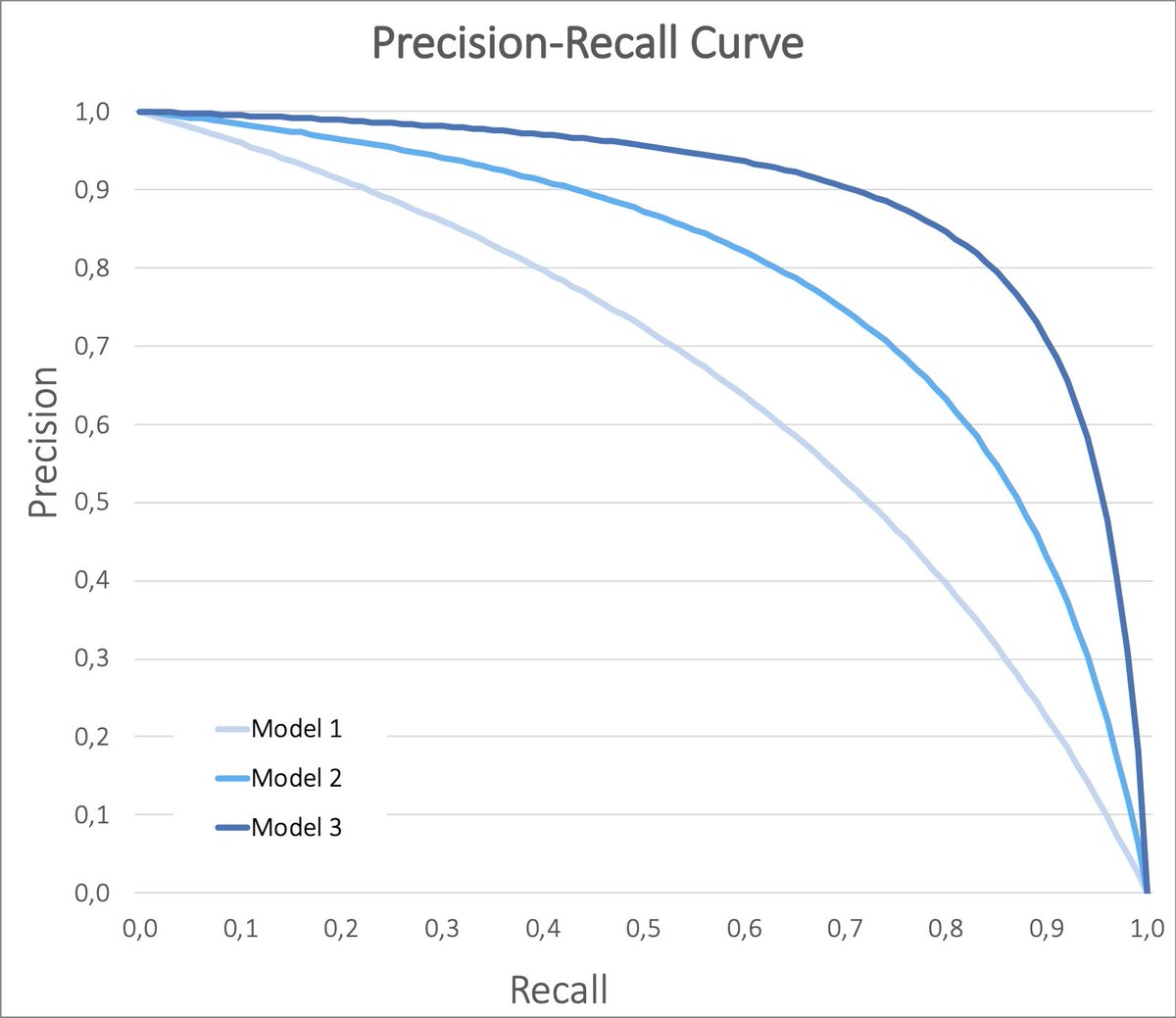
How to spot fake images of faces generated by a GAN? Look at the eyes! 👁️
This is an interesting paper that shows how fake images of faces can be easily detected by looking at the shape of the pupil.
The pupils in GAN-generated images are usually not round - see the image!
👇
This is an interesting paper that shows how fake images of faces can be easily detected by looking at the shape of the pupil.
The pupils in GAN-generated images are usually not round - see the image!
👇

Here is the actual paper. The authors propose a way to automatically identify fake images by analyzing the pupil's shape.
arxiv.org/abs/2109.00162
arxiv.org/abs/2109.00162
The bad thing is, GANs will probably quickly catch up and include an additional constraint for pupils to be round...
So true! Do you know what this cat and mouse game reminds me of - a GAN... 😆
https://twitter.com/deion_menor/status/1440012277495652354
Yes, I also thought about that. What they do in the paper is essentially engineer a feature that does this, so it should definitely be possible for the discriminant to find it as well.
https://twitter.com/mnaeraxr/status/1440018032437383171
• • •
Missing some Tweet in this thread? You can try to
force a refresh













